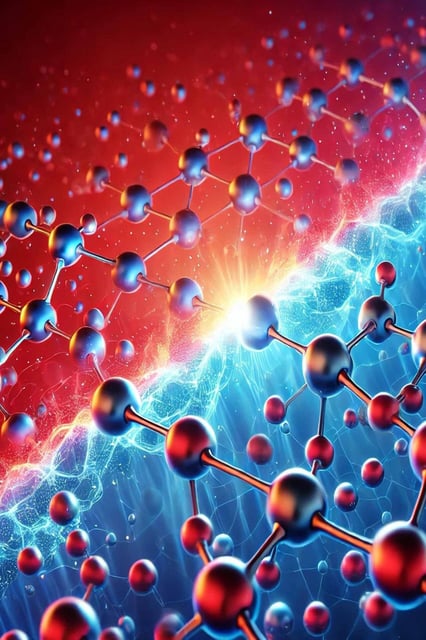Overview
- Mixing lithium zirconium chloride and lithium yttrium chloride at their interface generates a space charge layer that accelerates ionic movement.
- The space charge layer forms unique ion transport channels that surpass the conductivity of each solid electrolyte alone.
- Solid-state batteries leveraging this effect could store more than twice the energy of liquid-electrolyte cells while eliminating flammability risks.
- The study is part of the Department of Defense-funded BEACONS initiative, which received $30 million to develop next-generation battery technologies.
- Researchers will continue exploring how interface composition and structure optimize ionic conductivity for future commercial applications.

